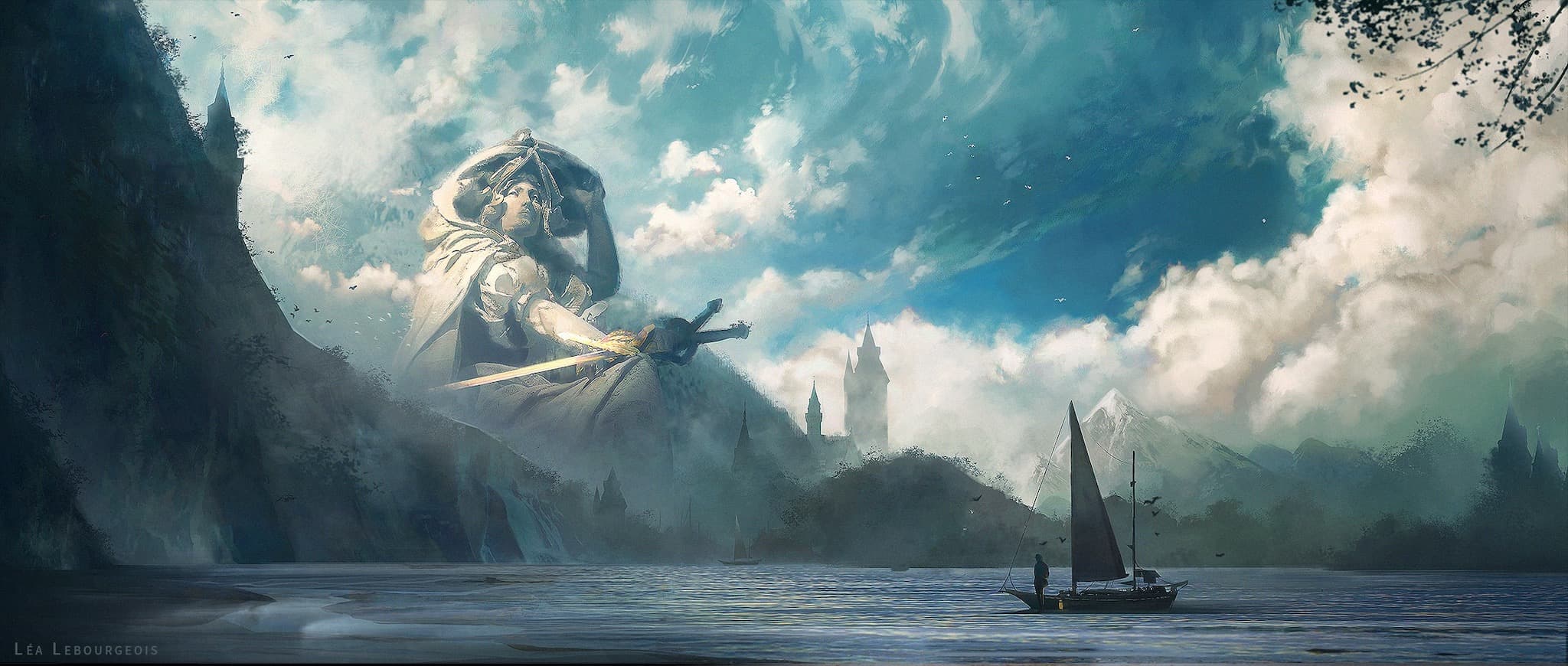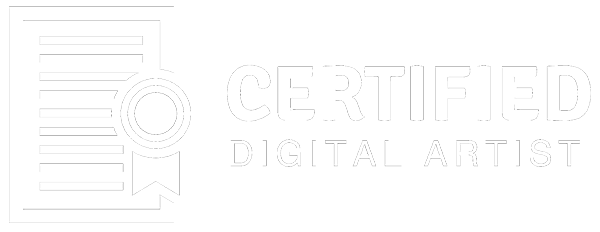What is a Concept Artist?
The Concept Artist in a Visual Effects or Animation studio is assigned at the very start of a project and can work throughout a production. The role of a Concept Artist does change from pre-production to production and are needed throughout the project, working closely with a Director, to dream up the intended look and feel of the characters and environments in a film, in 2D form. On VFX projects, the Concept Artist may also do some of the matte-painting of final shots too. When the concept artwork is approved, modelling can begin - concept artwork is what Modellers work from to start bringing the characters and environments into 3D.
Entry Level Skills & Capabilities
The following information outlines the exact skills you need to demonstrate as a Certified Digital Artist. You must be proficient and capable of completing all these skills and capabilities.
1. Communication skills
- Strong communication skills to pitch and describe your concepts
- Willing to show progress frequently and able to receive and discern feedback objectively.
2. Reference Gathering
- Ability to take a brief and collect visual references to help explain your plan
- Clearly extract the main storytelling points from a script or brief
3. Ideation
- Capable of creating visual mood boards to visually represent the creative vision
- Create rough sketches, fully rendered pieces, material sheets, turntables, paint overs, and other visual guides as needed by the development team.
4. Prop Design
- Skilled at creating rough design silhouettes for props and assets
- Ability to design different styles of props and assets to match their surroundings
- Demonstrate ability to design props that fit a character or environment in terms of function
5. Character & Creature Design
- Basic 3D digital sculpting skills
- Skilled at creating rough design silhouettes and image thumbnails
- Demonstrate knowledge of line of action in characters poses
- Capable of creating a full range of character facial expressions
- Ability to visually draw different materials, textures, colours, and special FX.
- Create orthographic views of characters as reference for other departments
- Bonus: Create static and action poses for a given character design
6. Environment Design
- Capable of drawing environments from different key angles
- Strong understanding of value; using greys, blacks and whites to develop the mood and atmospheric depth
- Ability to stage an environment with relevant props, assets and story elements
- Ability to convey a clear sense of colour and mood
- Understanding of how to portray depth and parallax
- Ability to conceptualise both night-time and daylight scenes
- Ability to portray a sense of scale and visual proportion
- Bonus: Strong understanding of lighting for interior scenes
- Bonus: Strong understanding of lighting for exterior scenes

Traditional Proficiencies
- Proficient in using drawing tools such as pencils, pens, and paper.
- Proficient using painting tools (easels, paintbrushes, paints)
Software Proficiencies
Ability to use one or more of the following software packages:
- Autodesk Maya
- Blender
- Adobe Photoshop
- Procreate
- Sketchup
- Corel Painter
- Quixel
- Bonus: Mudbox
- Bonus: ZBrush
Prerequisites
These skills are equally important in terms of your understanding and ability to do this role. Although they are not skills or knowledge that is officially certified, it will be obvious to recruiters and Certified Digital Artist(CDA) reviewers if you have knowledge in these areas.
Art Fundamentals
- Perspective
- Lighting
- Composition
- Anatomy
- Colour Theory
- Understand the principles of storytelling
- Film knowledge
Life Skills & Communication
- Thinking Critically
- Motivated
- Demonstrate having a good/critical eye
- Respect
- Problem-solving
- Communication Skills
- Conflict Management
- Taking initiative
- Collaboration
- Time Management

Portfolio Projects
Roles in the Creative Media & Entertainment industries are quite different to traditional roles. As a Digital Artist, you need to prove your creative and technical abilities which require an online portfolio filled with projects that showcase your work. One or more of the following projects should be included in your digital portfolio to demonstrate your skills and abilities to perform the required skills of this role.
- Create an environment, prop, or character that fit seamlessly into a story brief, rather that creating random designs.
- Create a character project
- Props or Asset project
- Showcase storyboards and moodboards
- Include thumbnail silhouettes for props, assets or environments
- Fine art, portraits and anatomy studies


